The country is united, the victory is complete. Truong Sa forever resonates with the eternal pride of the Vietnamese people!
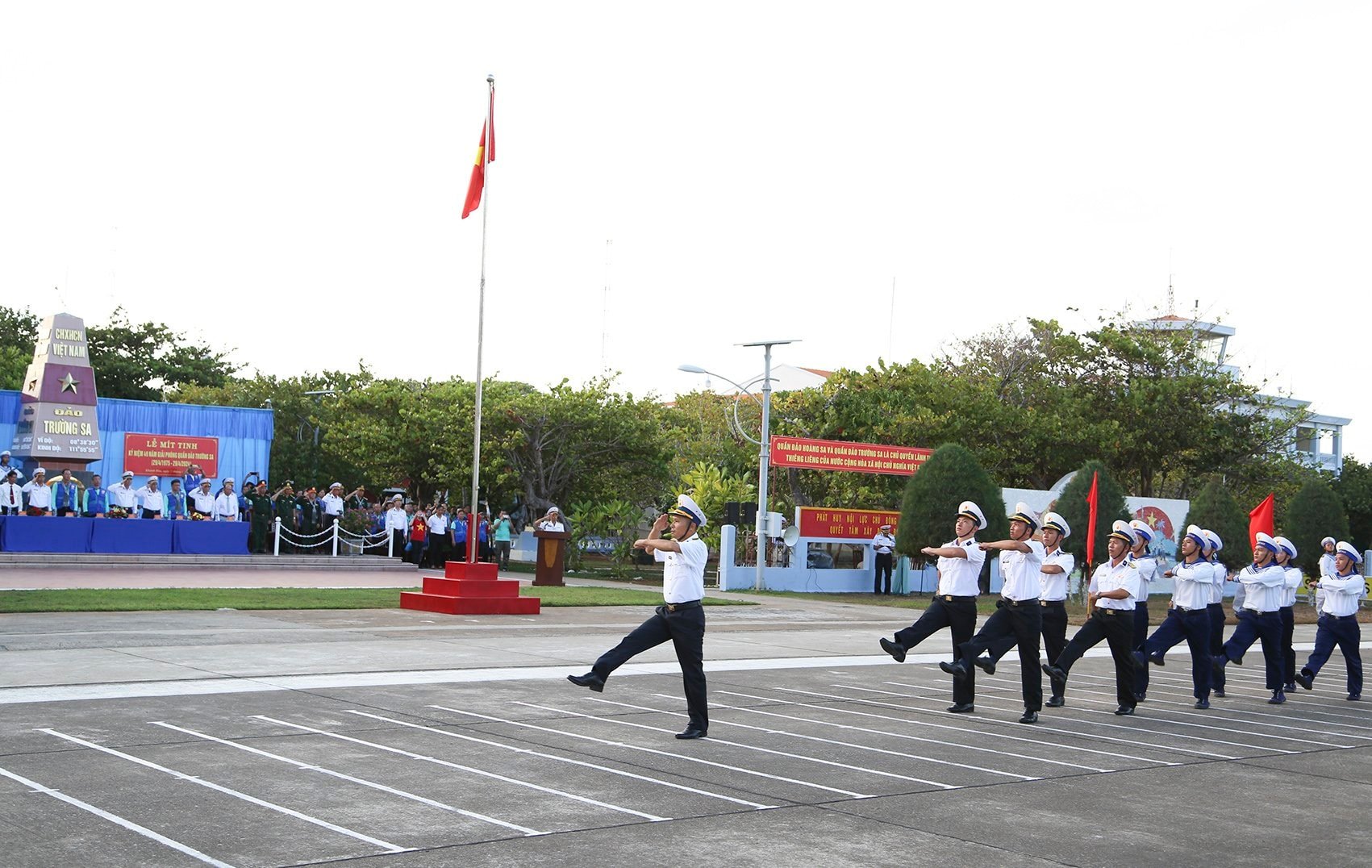
Historic decision
Truong Sa is an archipelago located in the South China Sea with over 100 large and small islands and coral reefs. Of the over 100 large and small islands, at the end of the resistance war against the US, only 11 islands were inhabited. 5/11 islands were occupied by the Saigon puppet army, including: Song Tu Tay, Son Ca, Nam Yet, Sinh Ton and Truong Sa.
Since October 1974, the Navy Command, through enemy intelligence work, proposed the idea of liberating Truong Sa and received agreement in principle from General Vo Nguyen Giap, Minister of National Defense.
On March 24, 1975, after we liberated Buon Ma Thuot, comrade Le Huu Duc, Director of the Operations Department, expressed his opinion to the General Staff: This is a favorable time for us to liberate the islands in the Truong Sa archipelago occupied by the Army of the Republic of Vietnam.
At the meeting on March 25, 1975, the Politburo agreed with the Central Military Commission's recommendation and recorded it in the resolution: "While preparing for the final strategic battle, proceed to liberate the islands and archipelagos occupied by the puppet army."
On March 30, 1975, based on the policy of the Politburo, the Central Military Commission sent a telegram to comrade Vo Chi Cong - Political Commissar of the Military Region and comrade Chu Huy Man - Commander of Military Region 5. In which, the Standing Committee assigned the Regional Party Committee and the B1 Command the task of researching and directing urgent implementation, aiming for the most favorable opportunity, to capture the islands currently occupied by the puppet army of the South...
On April 2, 1975, after hearing comrade Le Trong Tan, Commander of the Eastern Army, report on the victory of the Hue - Da Nang campaign, General Vo Nguyen Giap directly instructed: "Organize attacks to liberate the islands, especially the Truong Sa archipelago".
Nearly 20 days of rapid, daring attacks
In response to the urgent request of the Central Military Commission, the Military Region 5 Command coordinated with the Navy Command to quickly organize forces to liberate the islands, including: Team 1 - Special Forces Regiment 126 commanded by Lieutenant Colonel Mai Nang; a firepower unit of the Water Special Forces Battalion 471 (Military Region 5) commanded by Captain Nguyen Ngoc Que; Battalion 4, Regiment 38, Infantry Division 2 (Military Region 5), a unit of the Artillery Regiment 368 commanded by Lieutenant Colonel Nguyen Thanh Thi and Major, Political Commissar Tran Duoc; transport ships 673, 674, 675 of Group 125 (Navy) that had just arrived from Hai Phong to take over Da Nang, captained by comrades Nguyen Xuan Thom, Nguyen Van Duc, and Pham Duy Tam. These units formed Group C75 with nearly 300 officers and soldiers commanded by Lieutenant Colonel Mai Nang.
At exactly 4:00 a.m. on April 11, 1975, transport ships 673, 674, 675 carrying Group C75 secretly left Da Nang military port to attack and occupy islands in the Truong Sa archipelago. After nearly 3 days of marching at sea, Group C75 was a few nautical miles from Song Tu Tay Island. Comrade Mai Nang ordered the ships to anchor and conduct reconnaissance to grasp the situation. We noticed that, among the islands occupied by the Saigon army, because of the Command Center, Nam Yet Island was the strongest with about 50 soldiers. Song Tu Tay Island and Truong Sa Island had about 40 soldiers. The remaining islands had about 20 soldiers, with relatively rudimentary weapons and equipment...
After analyzing and assessing the enemy forces, Group C75 agreed to capture Song Tu Tay Island first to use as a springboard to attack the remaining islands and assess the enemy's reaction. At 7:30 p.m. on April 13, 1975, the ships moved in different directions, ship 673 approached from the East, ships 674 and 675 were stationed in the West and South, 15 nautical miles from the island to guard against ships of the Army of the Republic of Vietnam from the North, and two ships were stationed at Nam Yet Island.
At 4:30 a.m. on April 14, 1975, after 2 B41 shells were fired on the island, the battle began, with all forces simultaneously attacking the targets and fortifications of the Army of the Republic of Vietnam on the island. Due to the surprise attack, the troops on the island fought back weakly. “After 30 minutes of fighting, we killed 6 enemies, the rest fled in disarray. Taking advantage of the victory, our troops continued to hunt and call for surrender, capturing the remaining 33 on the island, and collecting all their weapons including 1 DKZ, 2 61mm mortars, 2 heavy machine guns, 2 medium machine guns, 45 infantry guns and ammunition”. At 5:15 a.m., Song Tu Tay Island was completely liberated, the flag of the National Liberation Front of South Vietnam was raised to the top of the pole, in front of the island's sovereignty monument.
Having lost Song Tu Tay Island, the Army of the Republic of Vietnam sent two ships, HQ16 and HQ402, from Vung Tau to counterattack and retake the island. However, because they did not know our forces well, and on the other hand, at this time, on the mainland, the Phan Rang defense line was broken, so the rescue force of the Army of the Republic of Vietnam was extremely confused and wavering, not daring to attack but returning to strengthen the defense of Nam Yet Island.
After occupying Song Tu Tay Island, the Forward Command in Da Nang ordered the forces to keep close watch, raise vigilance, be ready to fight, and arrange forces to stay behind to protect the island.
With our consecutive victories on land and at sea, the Front Command agreed on a plan to capture the remaining islands with the Military Region 5 Command. We used ship 673, captained by comrade Nguyen Xuan Thom, to carry the combat command and Squad 3; ship 641, captained by comrade Tran Tu, to carry Squad 2 and Squad 4 of Team 1, Group 126, commanded by comrade Do Viet Cuong.
According to the plan, ship 673 carried troops to liberate Nam Yet island, ship 641 went to Son Ca island. On the afternoon of April 24, 1975, the two ships carrying combat forces gathered at two different locations. On the night of April 24, 1975, when ship 673 approached Nam Yet island, it discovered a destroyer of the Republic of Vietnam army operating there. Seeing that the secrecy factor could not be guaranteed if landing to occupy the island, comrade Mai Nang ordered ship 673 to return to Song Tu Tay island to wait for the opportunity.
At 2:30 a.m. on April 25, 1975, ship 641 carrying the invasion force landed on Son Ca Island and opened fire. After 30 minutes of fighting, the landing force of the Liberation Army of South Vietnam completely controlled Son Ca Island.
At this time, the enemy forces stationed on the remaining islands were confused, lost their fighting spirit, and were ordered to withdraw to the protection ship and flee the island. Seizing this opportunity, the Forward Command ordered comrade Mai Nang, who was on ship 673 in Song Tu Tay, to immediately liberate the remaining islands. At 1:30 a.m. on April 27, 1975, ship 673 carrying the occupying force left Son Ca island towards Nam Yet island. At 10:30 a.m. the same day, ship 673 arrived at Nam Yet island. A part of Squad 3 quickly landed and occupied the island. At 11:30 a.m. on April 27, 1975, we completely controlled Nam Yet island.
After occupying Nam Yet Island, Ship 673 continued to send a part of the force to occupy Sinh Ton Island. At 10:30 a.m. on April 28, 1975, because the enemy had fled, we took control of Sinh Ton Island. On April 29, 1975, we continued to liberate Truong Sa Island.
Thus, after nearly 20 days of preparation and fighting, promoting the spirit of rapid and bold attacks, the force sent to liberate the island successfully completed the assigned mission, liberating all the islands.
Exactly one day after the islands in the Truong Sa archipelago were liberated, at 11:30 a.m. on April 30, 1975, the historic Ho Chi Minh Campaign won. The country was united from North to South.
Strong Truong Sa
After 50 years since the liberation, the appearance of Truong Sa island district has been renewed day by day, becoming more spacious. Many works such as: Wharf, airport, dock, lighthouse, hydrometeorological station, clean energy system, wind power generator... have been built. These works facilitate the army - people of the island district and fishermen to develop the marine economy, combine economy - defense, defense with economy, contributing with the army and people of the island district to improve the capacity to protect the sovereignty of the sea and islands of the Fatherland.
The works: President Ho Chi Minh Memorial House, Martyrs Memorial, Capital Guest House, Truong Sa Pagoda, Song Tu Pagoda, Sinh Ton Pagoda, Nam Yet Island Cultural House, Song Tu Island Cultural House, Da Tay Island Community House... are places for cultural and spiritual exchange, education of national cultural traditions for the army and people of the island district.
Upholding tradition, over the past 50 years, the army and people on Truong Sa archipelago have always kept in mind and remembered the advice of the late President, General Le Duc Anh, when visiting Truong Sa in May 1988: ... I swear before the souls of our ancestors, before the souls of the cadres and soldiers who sacrificed for the Fatherland, I promise to the people of the whole country, I tell the next generation "to be determined to protect Truong Sa archipelago - a part of the sacred territory and territorial waters of our beloved Fatherland".
Truong Sa is steadfast, proud and indomitable - the pride in the heart of every Vietnamese!
Source: https://hanoimoi.vn/truong-sa-kieu-hanh-thang-tu-700802.html


![[Photo] Mass parade to celebrate 50 years of national reunification](https://vphoto.vietnam.vn/thumb/1200x675/vietnam/resource/IMAGE/2025/4/30/825e459ee2f54d85b3a134cdcda46e0d)


![[Photo] Panorama of the parade celebrating the 50th anniversary of the Liberation of the South and National Reunification](https://vphoto.vietnam.vn/thumb/1200x675/vietnam/resource/IMAGE/2025/4/30/affbd72e439d4362962babbf222ffb8b)


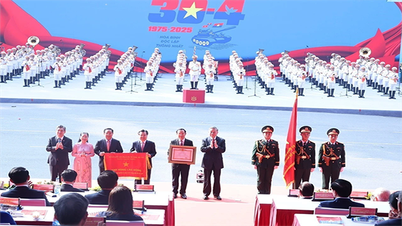

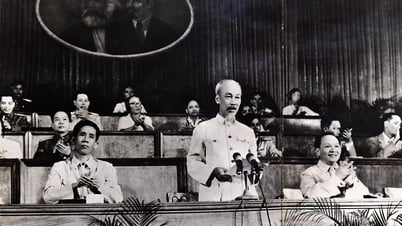
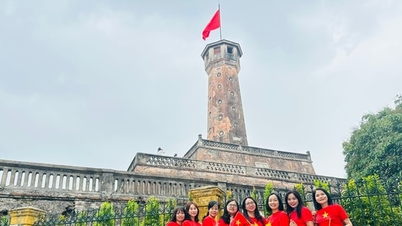


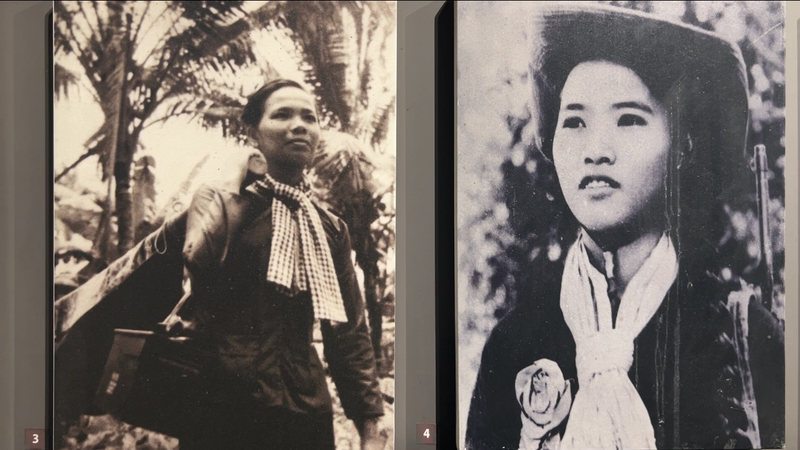




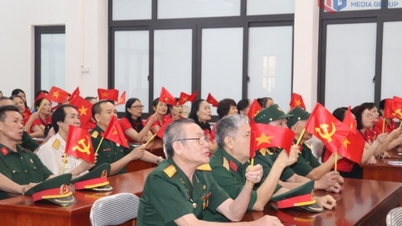
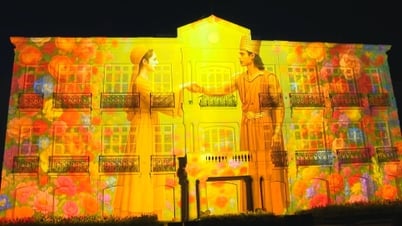



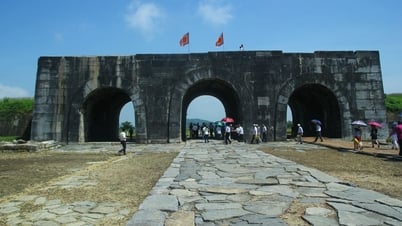



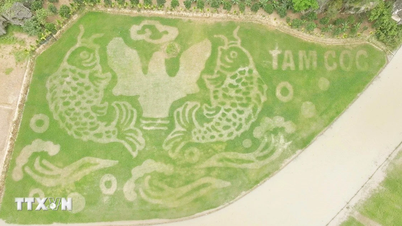











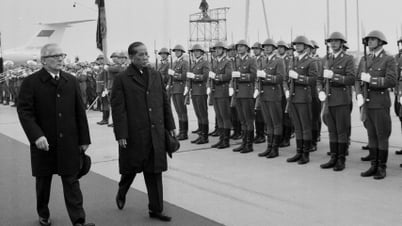

















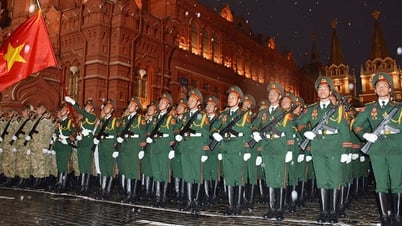















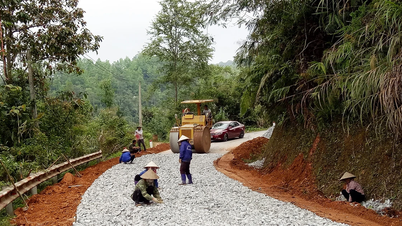
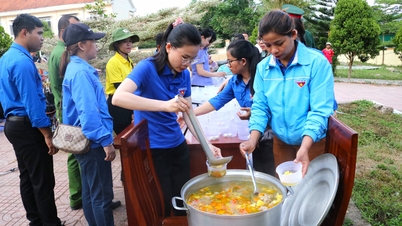

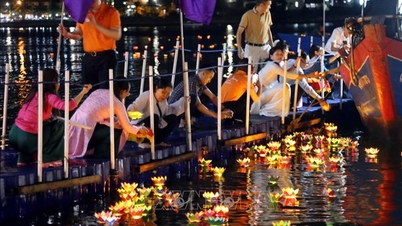















Comment (0)